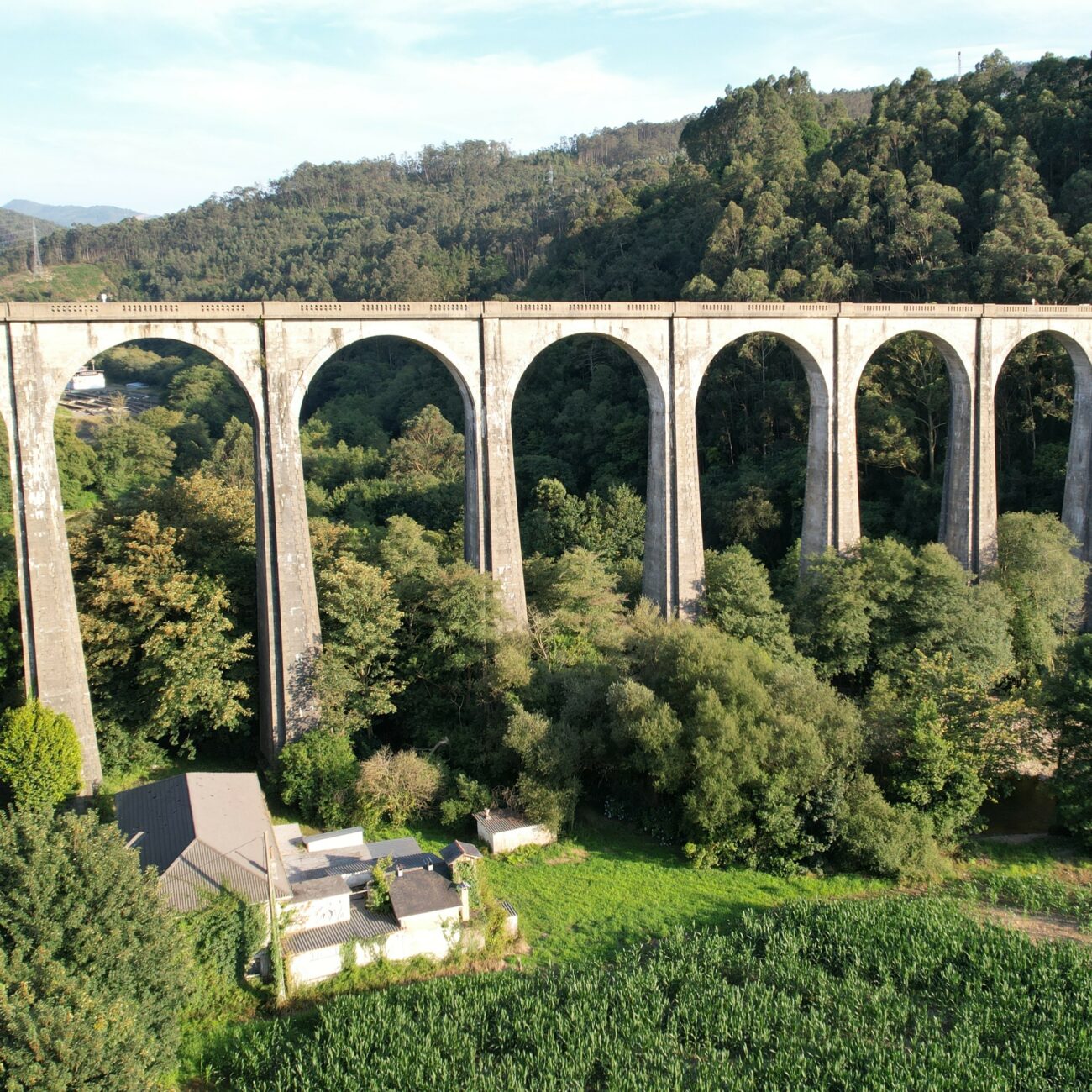The maintenance of ADIF’s extensive network of bridges over the peninsula involves the development of constant actions on the assets most affected by the damages that occur during the useful life of each structure.
For bridges with the most serious damage that may affect their stability or functionality, rehabilitation projects are drawn up with the aim of extending their useful life and improving their functionality from the point of view of operation and maintenance.
Bridges of very different typologies and ages are studied, specifically developing solutions that make functional and structural improvement compatible with constructive feasibility without losing sight of the constraints of complex railway operations.
Bridges located over watercourses are affected by the action of water flow, the effect of which can vary over time due to changes in other points of the basin added to the effects of climate change. Examples would be the Canero bridge in Asturias that suffers a significant scour under one of its piers, the bridge of the conventional line over the Esla River in León whose foundation has been exposed, or the bridge located at the mouth of the Besós River in Barcelona that has been left without hydraulic protection against a flood.
The construction typologies and materials of past eras can also limit the useful life of bridges, reducing their capacity to withstand new railway loads, horizontal actions or fatigue stresses. This is the case of the metal bridge over the Oria River in Villabona (Guipuzcoa) or the concrete bridge of Val de Reguero in Zaragoza.
Changes in construction processes, as well as defects or inaccuracies during the construction of the most current viaducts, can also give rise to short-term problems in support and joint runs, which force the replacement of elements earlier than their useful life would indicate. The high speed viaducts of the Camino de Santiago in Leon or Val de Castejon in Zaragoza are examples of current structures that require replacement of supports or replacement of cables connecting to the fixed abutment earlier than expected.
However, the most damaging agent for old bridges is water from precipitation and runoff, which slowly deteriorates structures that are not waterproofed. La Fomigal bridge in Luarca (Asturias) or the bridges over the Bayas River in Álava have required waterproofing projects for the platform on masonry vaults to prevent water from entering and weakening the resistant structure.
In total, 17 rehabilitation projects have been defined for 32 bridges between 2021 and 2024, and work continues on another 13 structures.
